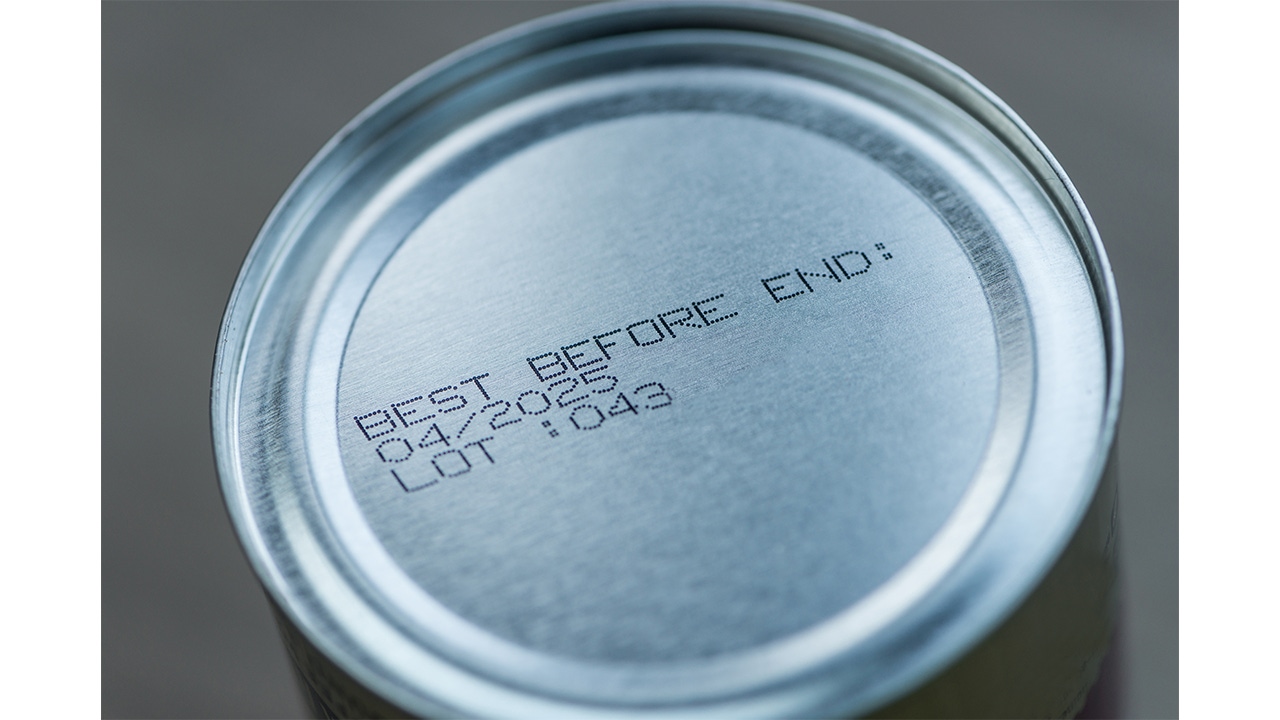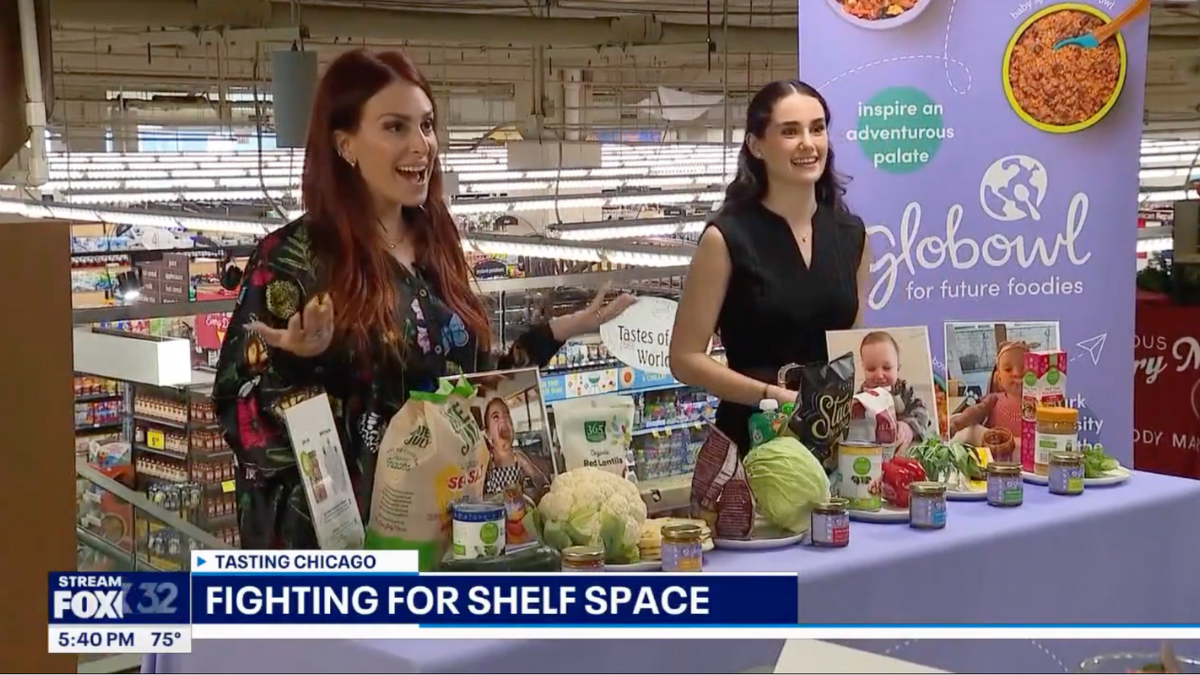Experts highlight the risks of relying on accelerated shelf-life testing
This popular method of testing can help brands estimate a product’s longevity faster by simulating spoilage conditions, but experts warn it may not accurately reflect real-world factors like light and oxygen exposure, making it better suited for identifying worst-case scenarios rather than setting precise “Best By” dates. Nick Collias, Contributing writer
March 11, 2025

At a Glance
- Accelerated shelf-life testing is a faster method but has limitations.
- It can be valuable for assessing how a product holds up under extreme conditions, quickly revealing potential weaknesses.
- Traditional, patient testing is more reliable for establishing accurate shelf-life dates, experts contend.
Want to know if your product will last a year or two on shelves or in storage? It’s simple: Just make a batch, wait a year or two, get it tested and you’ll find out.
Sound slow? It is — which is why many brands are opting to speed things up. Accelerated shelf life manipulates the parameters that eventually lead to spoilage, like humidity and heat, in an incubator to create a shelf life estimate in a fraction of the time. This is a service offered by many co-manufacturers and labs, allowing brands to get their products to market sooner and potentially with a more distant “Best By” date on the label.
It’s a tempting proposition, but one that comes with risks, according to experts. Here’s why they say you should think twice about using accelerated testing to make a shelf life.
Not great at: Establishing a shelf life
“Where a lot of brands or a lot of manufacturers will get into trouble is saying, ‘I put this in an accelerated chamber for one month at 30 degrees Celsius or 40 degrees Celsius, and that’s equivalent to six months in the real life,” Dalton Honoré, a food scientist and founder of the Louisiana-based fermented coffee kombucha brand Dreamland Koffucha, said. And the reason why, he said, is that heat is only part of the equation
“There are certain things that you really can’t replicate,” he explained. “Light exposure, for example, is something that can really degrade a product. Exposure to oxygen is something that you know will happen and will speed up with higher temperatures, but it’s still not going to be the same as what you’ll see if you’re sitting at an ambient shelf life or storage conditions. Because you don’t have all of those factors that you can test, it kind of makes it to where you’re really only testing one or two attributes of spoilage, as opposed to all the different attributes.”
This uncertainty can create confusion over what, exactly, is breaking down and at what rate. Is it a flavor? A functional ingredient? An interaction between ingredients? In an accelerated setting, it can be tough to tell.
For this reason, instead of relying on incubators for creating a “Best By” date, Honoré recommended starting with a conservative shelf life and extending it progressively over time.
Better at: Testing worst-case scenarios
According to Honoré, accelerated testing can be worth considering in certain circumstances. The biggest one is testing how a new product responds to extreme conditions.
“If you want to use it to test your worst-case scenario, I think there’s value in that,” Honoré said. “Let’s say you expose it to extreme heat and it still holds up. That’s a good indicator that it should hold up to sitting on a grocery store shelf at ambient temperature.
He added that an even more useful data point might be if a product fails this test. Accelerated testing can reveal big potential problems just a bit sooner.
“A lot of times, you will start to see that your product will break down a lot quicker than anticipated under these sort of extreme conditions,” Honoré explained. “And even though that’s not going to give you an actual ‘date,’ it’ll still allow you to go back to the drawing board a lot quicker than if you had waited two or three months to find out that same data.”
What does not testing look like?
The alternative to accelerated shelf-life testing is, in a word, patience. That’s the path taken by Erica Bethe Levin, founder of the gourmet baby food company Globowl. The company’s jarred foods are developed with Michelin-starred chefs and feature contemporary flavors like Pad Thai for Tots and Baby Bibimbap. When it came to setting the “Best By” date, Levin chose to go the old-fashioned way.
“We opted not to do the accelerated shelf-life testing because we really wanted to test it on its own time,” she said. “We were told about accelerated shelf testing, we got quotes for it and our co-man told us it was something they could do, but we decided we wanted to see how it actually progressed over time. We hold jars in reserve so that we can taste them every step of the way instead of taking a shortcut.
Globowl’s baby food is shelf-stable, and Levin said she’s confident that the quality and flavor is the same on a child’s fifth birthday as on their first. The shelf life they landed on for their early batches, however, was far shorter.
“We could easily say five years or two or three, but we are saying 12 months for now, which from a business perspective can be hard,” Levin explained. “It takes time just to get your stuff over to the distributor warehouse. So then maybe you’ve just lost a month. Then, depending on how quickly you’re selling, you could get stuck with jars that have a ‘Best By’ date that may not fit within the distributor's environments.”
As the company reaches its second year, Levin said Globowl’s products will get tested to extend the shelf life to two years. But she can be confident that they’ll live up to their “Best By” date and then some.






